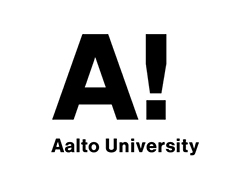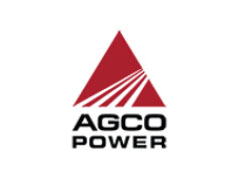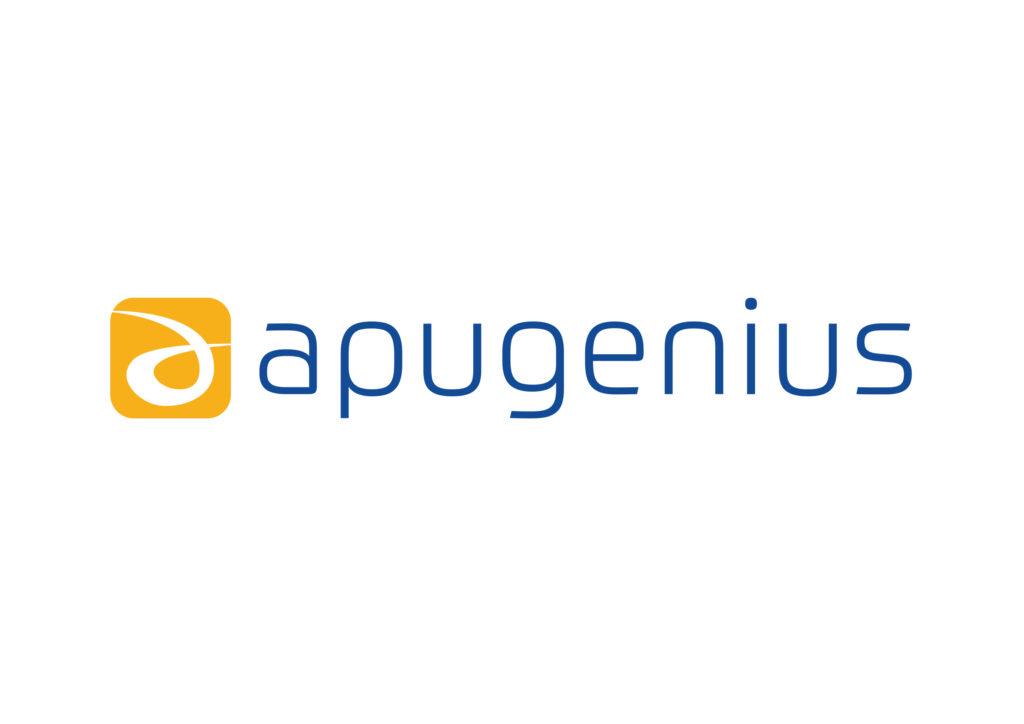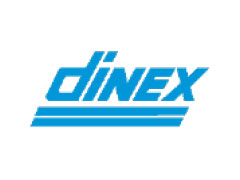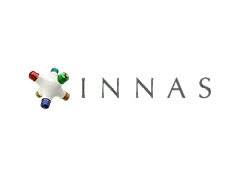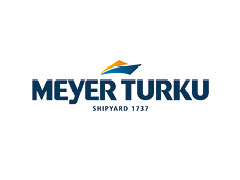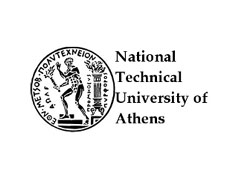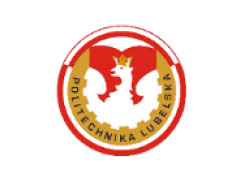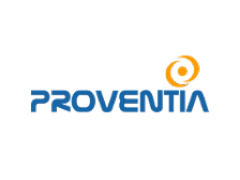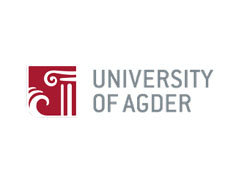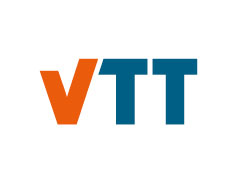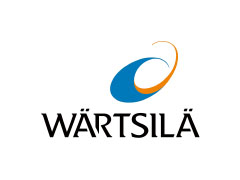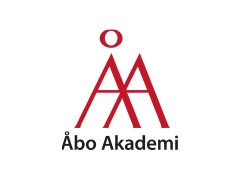The main goals of Work Package 4 ‘Multiple power source propulsion’ were:
- Utilization of Model-based System Engineering (MBSE) methodology for powertrain hybridization design, evaluation, and optimization
- Integrated power-management system and advanced control development for both marine and mobile work machine applications
- The design and implementation of sWille demo – Diesel-electric-hydraulic wheel-loader
Marine Vessel Design and Optimization of Operations
For marine applications the main tasks and their contributions were as follows:
- Marine vessel powertrain design optimization. Multiperiod modeling approach considering retrofits and adoption of alternative fuels. Contribution: Decision model for lifetime fuel and power system selection, based on Total Costs of Ownership.
- Simultaneous load sharing and fixed path speed trajectory optimization of hybrid electric ships via convex programming. Contribution: Fast and reliable algorithm for energy optimal 3-DoF maneuvering of hybrid marine vessels.
- Optimal design of electric marine vessels via geometric programming. Contribution: Fast algorithm for conceptual design optimization of battery powered vessels.
Design Process and Analyzing Tool for Hybrid Solutions
In WP4 a process was defined for designing of hybrid systems. The process included the selection of hybrid topology, selection of technologies for components and their dimensioning, and the strategy for energy management. A core component for the evaluation of hybrid machine performance was the analyzing tool, based on Matlab/Simulink models of the whole machine and the related subsystems. The design process and the inputs for the analyzing tool are presented in Figure 1.
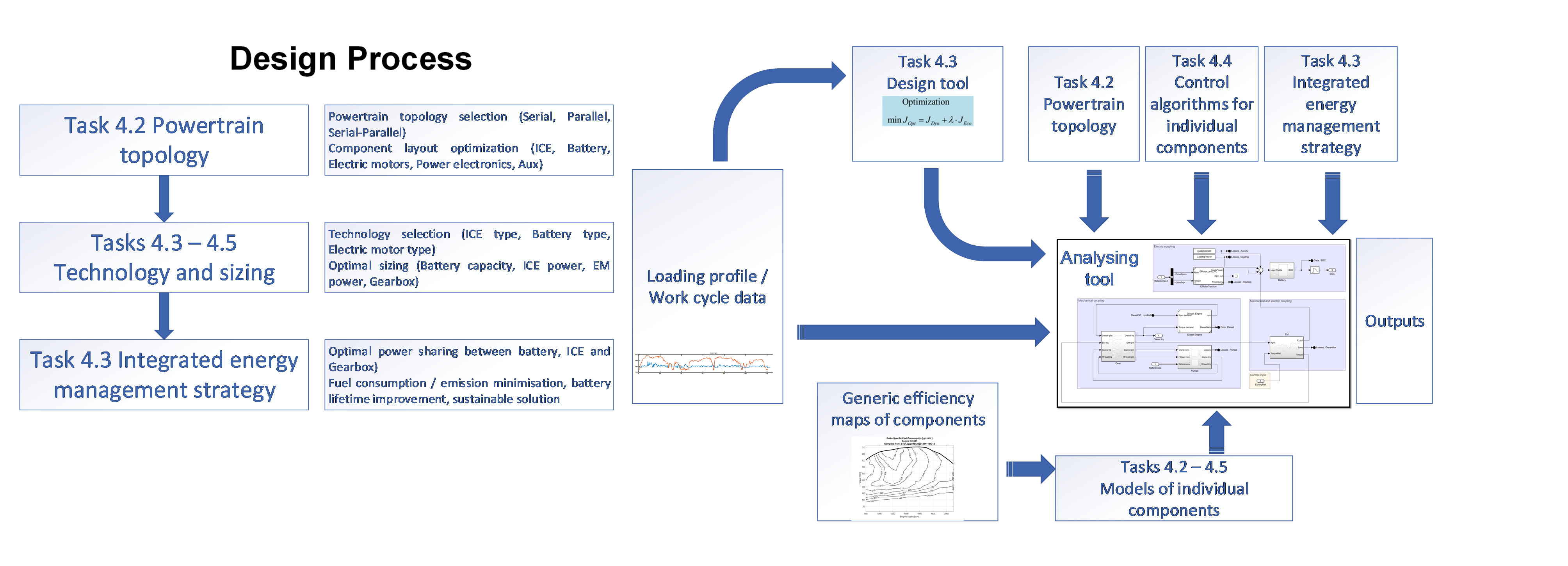
Figure 1. Design Process and Analyzing Tool for Hybrid Solutions.
sWille Hybrid Demo Machine – Design, Implementation and Simulations
sWille is a serial hybrid mobile working machine, which is designed and built in Tampere University. It will be used for validating the simulation models created WP4. sWille is based on Wille 655 wheel loader, manufactured by Wille Machines. The main changes when compared to the original machine are: 1) Hydrostatic transmission is changed to electric transmission, 2) Work and auxiliary hydraulic pumps are driven with electric motors, 3) Work hydraulics control is realized with digital hydraulics, whereas in original machine LS-hydraulics is used, and 4) High-voltage (360 V) electrical system and complex control system with 10 CAN buses is needed. Figure 2 presents the layout of main components needed for the hybridization.

Figure 2. Layout of sWille hybrid components.
The previously mentioned analyzing tool was utilized for evaluating the performance and especially fuel consumption of sWille serial hybrid wheel loader. The work task was repeated Y-cycle loading of a truck. Real measurement data from the field with standard machine was used for comparison. The simulated result for sWille with hybrid system was 28 % reduction in the fuel consumption. In braking phases approx. 22 % of driveline power was recovered. The validation of these results needs still tests with the real sWille machine.
The building of sWille machine has encountered several challenges due to which it has not yet been operated for simulation model validation as originally planned. A design challenge from the beginning was the lack of physical space for the huge number of additional components needed for the hybrid systems. However, the long delivery time of several components, especially electric ones, has been a major challenge for the planned schedule. Required components have also different communication interfaces (e.g. CAN open and SAE1939), and components from different manufacturers have had deviation from these standards. The amount of required programming for power distribution unit (PDU), and pre-tuning and parametrization related to inverter and motor connectivity was clearly bigger than expected. From the research budget point of view TAU has needed more than triple the amount of funding than budgeted for the components.
Mechanical installations for sWille are now completed, and control methods for driveline and work functions developed and tested in Simulink environment. Even though the final seminar of CPT project has been already organized, TAU will continue the test process of sWille to have it available for operation and driving to validate the simulation model and initial results.
Petteri Multanen
University Lecturer, Tampere University
WP4 leader of Clean Propulsion Technologies
Jyrki Tammisto
Project Researcher, Tampere University
Kalevi Huhtala
Emeritus Professor, Tampere University

